Description
CULTURE: Kale prefers a fertile, well-drained soil high in organic matter with a pH range of 6.0–7.5. Consistent moisture will produce the best quality leaves.
Direct Seed: Plant from early spring to approximately 3 months before expected fall frost. For bunching, sow 3–4 seeds every 12–18″, ½” deep, in rows 18–36″ apart. Thin to 1 plant per group. For baby leaf production, sow 60 seeds/ft. in a 2–4″ wide band ¼–½” deep.
EARLY SPRING CROP: Use varieties suited to warm season production. Sow 2 seeds per cell in 50- to 72-cell plug flats, 3–4 seeds/in. in 20 row flats, or in outdoor beds ¼” deep. Seedlings should be ready to transplant in 4–6 weeks. If possible keep soil temperature over 75°F (24°C) until germination, then reduce air temperature to about 60°F (16°C). Transplant outdoors 12–18″ apart in rows 18-36″ apart. Kale prefers cooler growing temperatures, between 55–75°F (13–24°C), optimum being 60–70°F (16–21°C), but will produce good crops under warmer, summer conditions.
FALL CROP: Start seedlings as above in May and transplant to the garden in June–July. To ensure mature heads, seed the crop early in areas where heavy freezes occur early in fall.
WINTER CROP: Successful kale crops can be grown where winters are mild (temperatures rarely below 32°F (0°C)). Transplants can be set out from September to February in these regions.
PESTS AND DISEASE: Kale is not as afflicted with pests as are other brassica crops, like cabbage. Apply row covers at the time of planting to exclude pests from the crop. Control cabbage worms and loopers with Bacillus thuringiensis (Bt.). Black rot and black leg can be seed-borne. We only stock seed lots that have been tested free of black rot in a sample of 30,000 seeds. For seed lots received after August 2015, individual seed lots have been tested free of black leg in a sample of 1,000 seeds.
DAYS TO MATURITY: From direct seeding; subtract about 14 days if transplanting.
HARVEST: Beginning about 2 months after planting, harvest by clipping individual leaves. Kale is very hardy, and the eating quality will improve into the late fall with light frost. Late summer sown or planted collards can be wintered in cold frames or hoophouses, or in the open in mild regions, to extend the season. Protecting with row covers can extend the harvest period.
AVG. DIRECT SEEDING RATE: For bunching: 1,000 seeds/220′, 1 oz./1,110′, 1 lb./24,000′. For baby leaf: 1,000 seeds/16′, 1 oz/115′, 1 lb./1,840′.
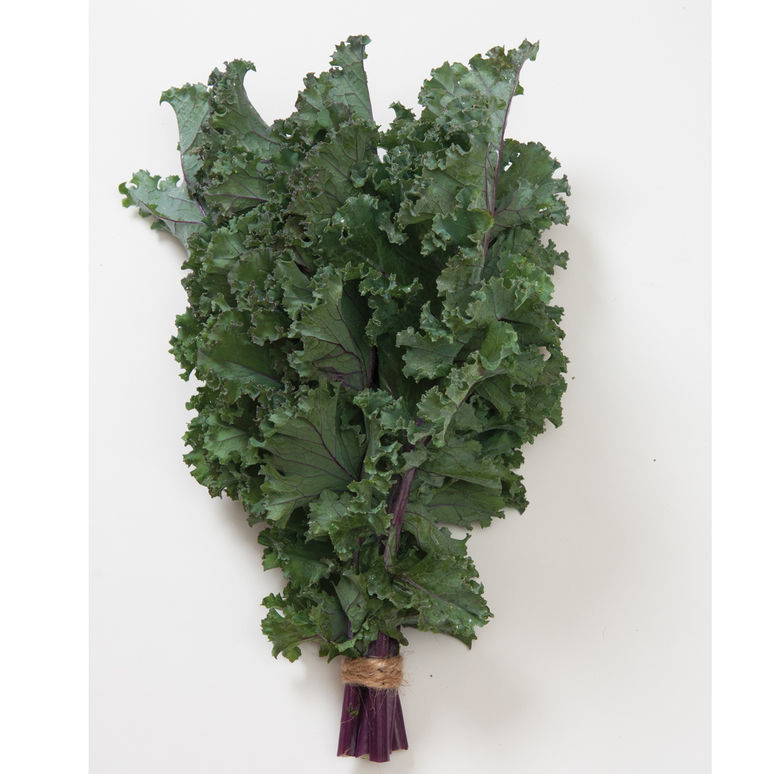
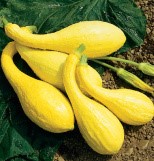
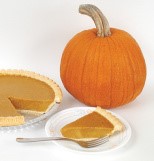
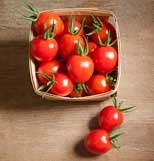
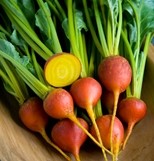
Reviews
There are no reviews yet.